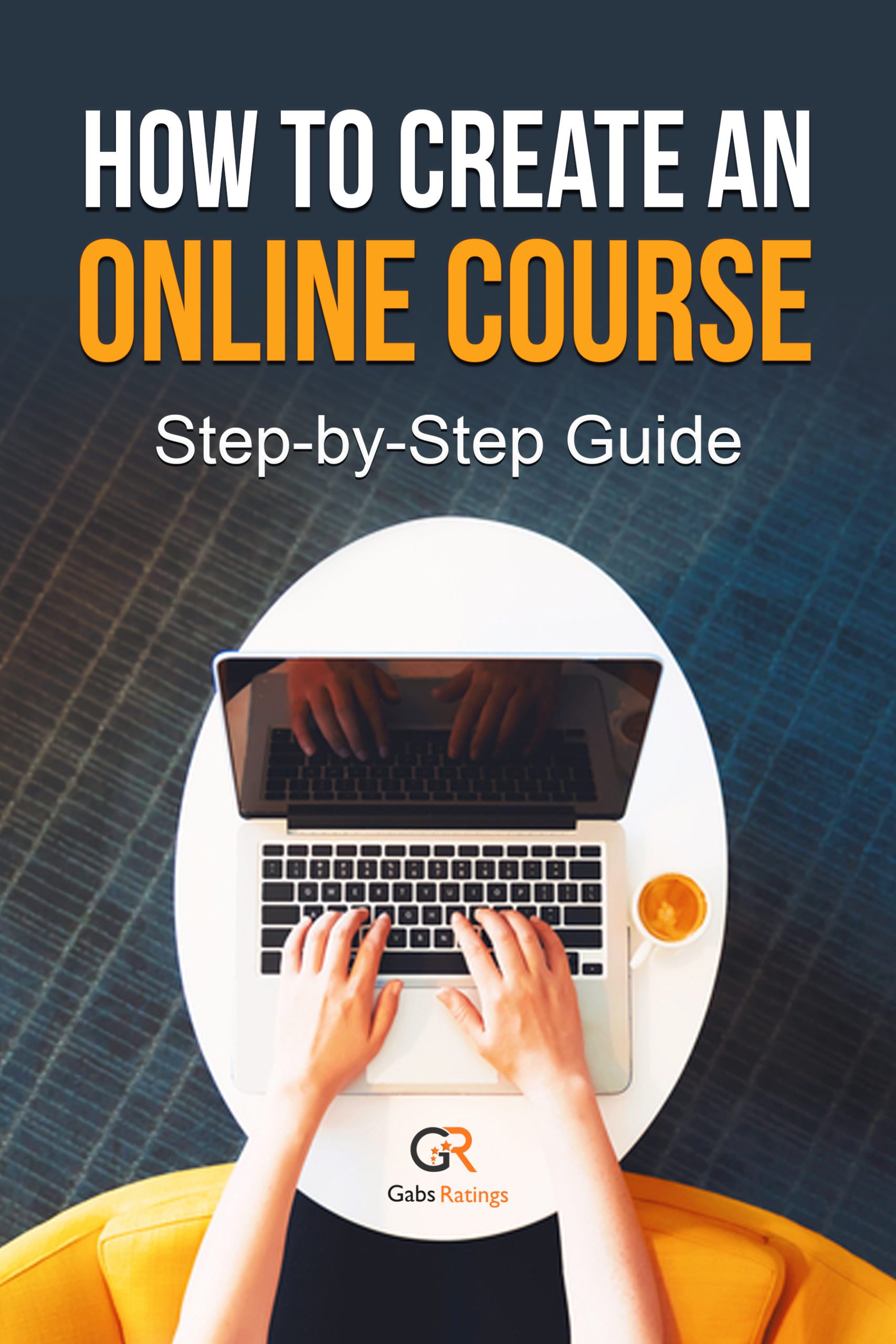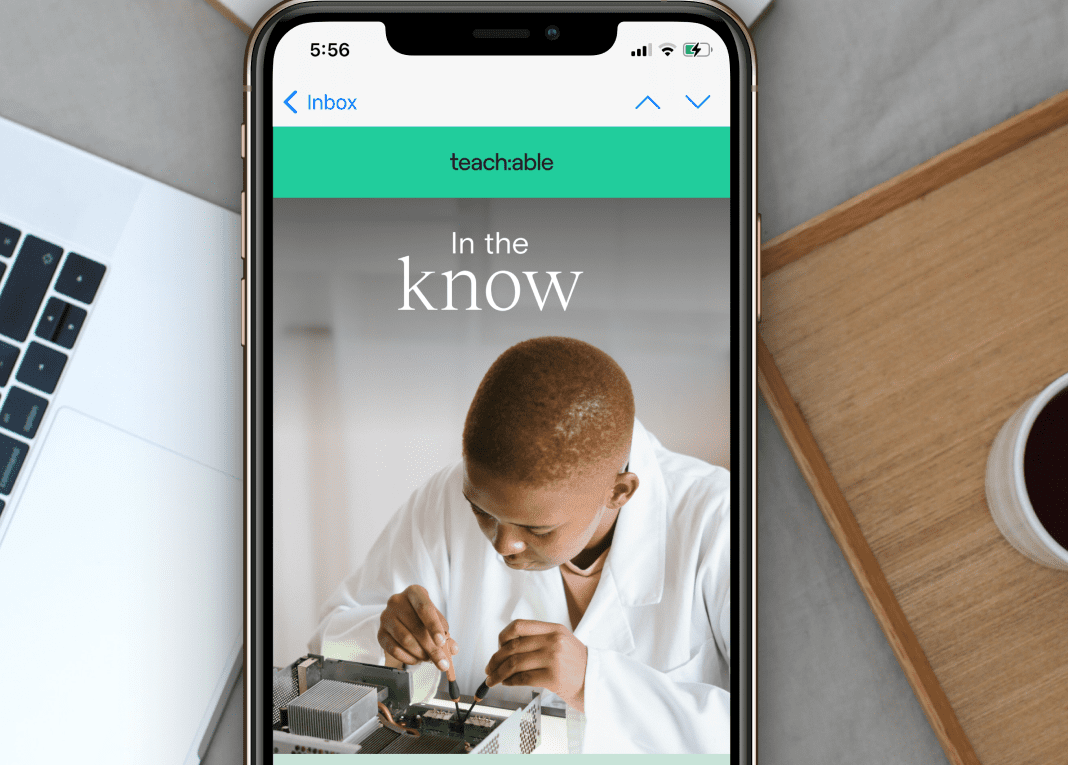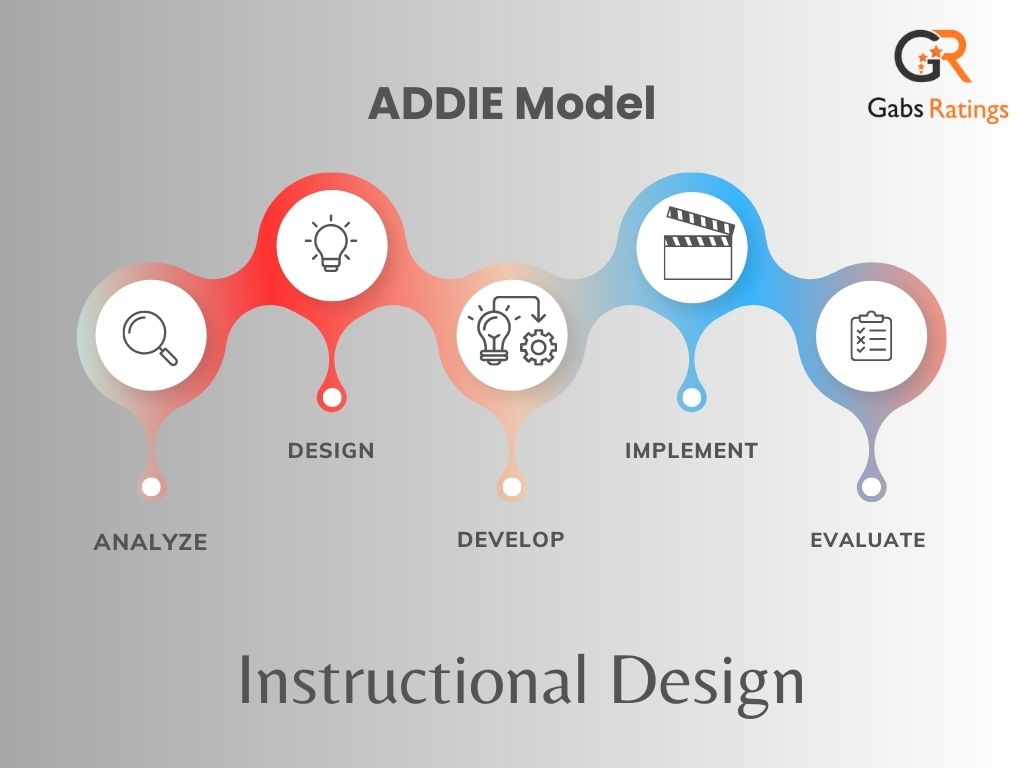How to Use Social Media and Streaming for Online Course Creation
Do you love using social media and streaming to chat with your friends, watch funny videos, and discover new things? Did you know that you can also use them to learn how to create awesome online courses? Yes, you heard that right! There are some cool theories that explain how social media and streaming can help you learn new skills, ideas, and perspectives. And in this online course creation article, we’ll show you how to apply them to your own course creation process.
Social Learning Theory
Social learning theory says that you can learn a lot by watching and copying what other people do. You can also learn from their successes and mistakes. And you can feel more confident and motivated to try something new if you see someone else doing it well. This theory was created by Albert Bandura, a famous psychologist.
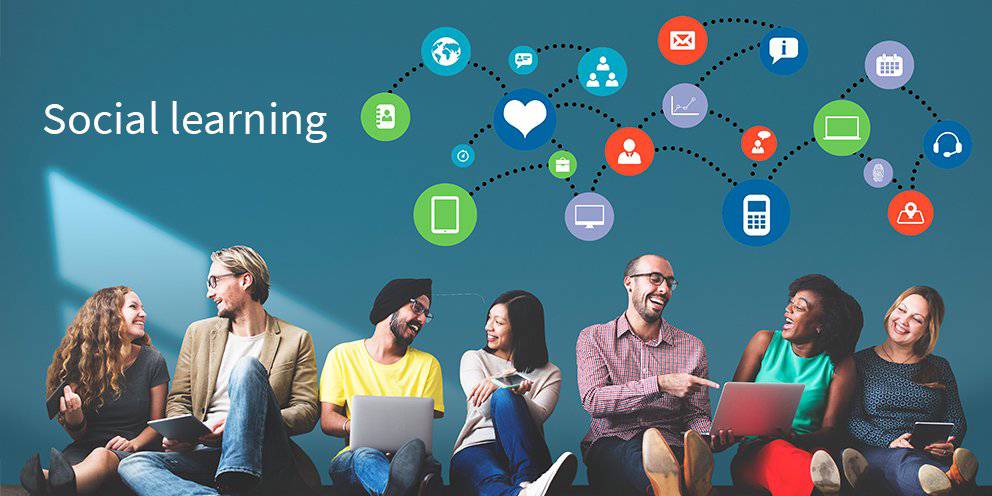

How can social media and streaming help you with social learning? Well, for example, you can:
- Follow your favorite influencers or experts on Instagram or YouTube and see how they create online courses that interest you and your target audience. You can also leave them comments or questions and get their tips and advice.
- Set your own goals and track your progress on apps like Strava or Duolingo.
- Watch live streams or recorded videos of people teaching online courses, giving feedback, or launching their courses and learn from their course content and best practices. You can also join the chat and interact with them and other viewers.
- Join online groups or forums where you can chat with other online course creators who share your goals or challenges and get support from an online community. You can also share your own work and get feedback from others.
- Set your own goals and track your progress on apps like Trello or Asana and stay organized and focused on your online course creation. You can also celebrate your achievements and reward yourself.
Connectivism
Connectivism is a theory that says that learning is all about making connections. You can connect with different sources of information, such as websites, books, podcasts, or blogs. You can also connect with different people, such as friends, teachers, mentors, or strangers. And you can connect different ideas, such as facts, opinions, theories, or experiences. George Siemens and Stephen Downes, two smart educators, developed this theory.
“Knowledge has many authors, knowledge has many facets, it looks different to each person, and it changes moment to moment. A piece of knowledge isn’t a description of something, it is a way of relating to something.”
– Stephen Downes
Here are some examples of connectivism while using social media and streaming:
- Use Twitter as a class message board and share relevant links, questions, or opinions with your classmates and instructor. You can also use hashtags to find more information or join conversations on topics related to your course.
- Use Zoom to engage more deeply with the material and each other through video calls or chats. You can also invite guest speakers or experts to join your calls and share their insights and experiences.
- Search for and create your own content on topics that interest you on platforms like TikTok or Medium.
- Join and participate in online communities and networks where you can learn from different people and perspectives on platforms like Reddit or Discord.
- Check the quality and relevance of the information that you find online using tools like Snopes or Google Scholar
- Choose your own learning path and style on platforms like Khan Academy or Coursera
- Create a class blog for discussions and assign blog posts as essays. You can also comment on each other’s posts and give constructive feedback or praise. You can also link to other blogs or sources that support your arguments or challenge them.
- Create a class-specific Pinterest board and pin clever ideas, inspiration, and valuable resources.
- Follow other boards that are related to your course topic and discover new things.
Constructivism
Constructivism is a theory that says that learning is an active process of constructing meaning from experience. You can learn by doing things and reflecting on what you did. You can also learn by collaborating with others and sharing your perspectives. And you can learn by creating something new that shows your understanding. This theory was influenced by Jean Piaget, Lev Vygotsky, and John Dewey, among others.
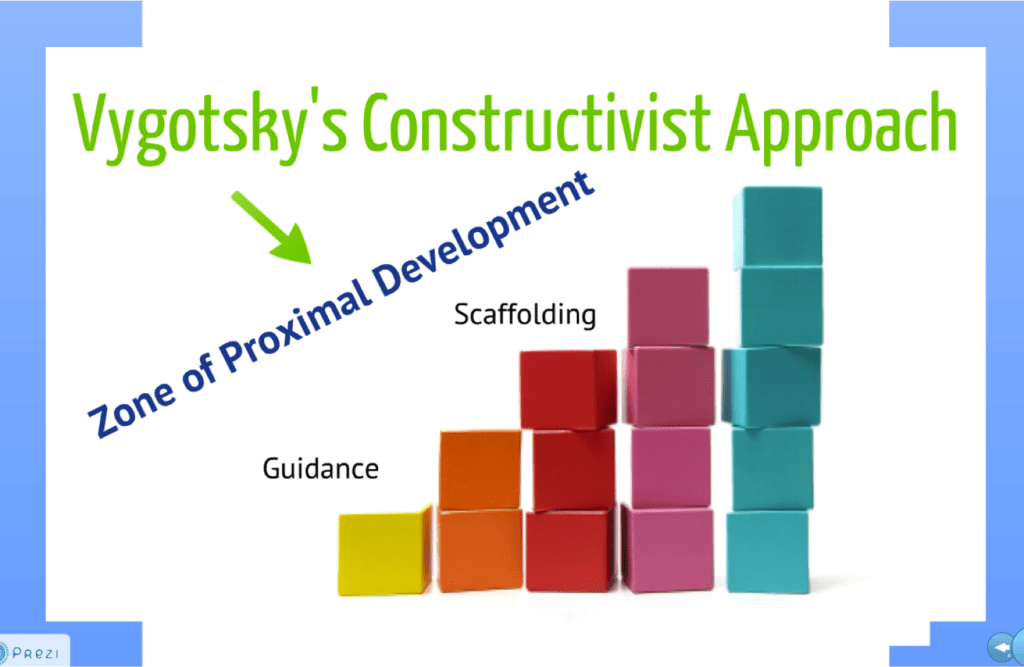

How can social media and streaming help you with constructivism? Here are a few examples:
- Use Instagram for photo essays and showcase your creativity and learning outcomes.
- You can also use filters, stickers, or captions to add some flair and personality to your photos.
- You can also follow other accounts that inspire you or challenge you.
- Use YouTube to create and upload your own videos explaining or demonstrating what you learned. You can also use music, sound effects, or animations to make your videos more fun and engaging. You can also subscribe to other channels that teach you something new or entertain you.
- Use Google Docs, Wikis, or other collaborative document tools to store and refine data with your peers. You can also use comments, suggestions, or chat features to communicate with each other and improve your work. You can also use different fonts, colors, or images to make your documents more attractive and organized.
- Use Facebook Live to stream your own lectures or presentations and get feedback from your audience. You can also use polls, reactions, or questions to interact with your viewers and make your streams more interactive, and lively. You can also watch other streams that interest you or teach you something new.
Transformative Learning Theory
Transformative learning theory says that learning is all about changing your views and values. You can change them by thinking deeply about yourself and the world around you. You can also change them by talking and listening to other people who have different views and values. And you can change them by taking action to make a positive difference in your life and society. This theory was invented by Jack Mezirow, a wise educator.
How can social media and streaming help you with transformative learning? Here are some examples:
- Explore different views and experiences on topics that matter to you on platforms like TEDx or Netflix.
- Have meaningful conversations and feedback with other people who challenge your views on platforms like Twitter or Clubhouse.
- Care about and empathize with social issues that affect you and others on platforms like Facebook or Snapchat.
- Do something to improve yourself or help others on platforms like GoFundMe or Skillshare.
How YouTube Can Make Teaching and Learning Better
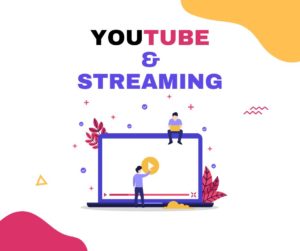

YouTube is not just a place to watch funny cat videos or listen to music. It is also a place where you can learn new things and teach others what you know. YouTube has a lot of impact on teaching and learning, and here are some of the reasons why:
1. YouTube Can Help You Learn Anything You Want
YouTube has millions of videos on almost any topic you can think of. Whether you want to learn how to play guitar, speak a foreign language, do math problems, or understand climate change, you can find a video that explains it to you. You can watch these videos anytime, anywhere, and at your own pace. You can also choose the videos that suit your learning style and preferences. For example, you can watch videos that are short or long, simple or complex, serious or funny, animated or live-action, etc.
2. YouTube Can Help You Teach Others What You Know
YouTube is not only a place to learn, but also a place to share your knowledge and skills with others. You can create your own videos and upload them on YouTube for free. You can teach others what you are passionate about or what you are good at.
You can also get feedback and comments from your viewers and improve your teaching methods. By creating educational videos on YouTube, you can reach a large and diverse audience and make a positive difference in their lives.
3. YouTube Can Help You Enhance Your Classroom Experience
YouTube can also be a great tool for teachers and students in the classroom. Teachers can use YouTube videos to supplement their lectures and make them more engaging and interactive. They can also use YouTube videos to introduce different perspectives and opinions on a topic and stimulate critical thinking and discussion among students. Students can use YouTube videos to review what they have learned in class and reinforce their understanding. They can also use YouTube videos to explore topics that interest them or challenge them beyond the curriculum.
These are some of the ways that YouTube can impact teaching and learning. YouTube is a powerful platform that can help you learn new things, teach others what you know, and enhance your classroom experience. So what are you waiting for? Go ahead and watch some YouTube videos today!
What to Do After Creating a Course
But what is the next step after learning how to create online courses? How do you actually launch your successful online course? Well, there are different ways to do that depending on your goals and preferences. You can use a learning management system (LMS) to host your entire course on your own website or blog. You can use an online course marketplace like Udemy or Skillshare to sell your course to a large audience of learners. Or you can use a combination of both methods to maximize your reach and revenue.
Whatever method you choose, you will need to create a sales page for your course that attracts potential customers and convinces them to buy your course. You will also need to create an email list of interested people who want to hear more about your course content and offers. And you will need to create a free trial or a sample lesson of your course to give them a taste of what they will get if they enroll in your entire course.
Recap
Creating an online course is not easy, but it can be a great way to share your knowledge and passion with the world. And with the help of social media and streaming, you can make the process more fun and effective. You can learn from other online course creators, connect with different sources of information and people, and create your own unique and valuable course content.
So what are you waiting for? Start using social media and streaming for online course creation today and see how they can transform your learning and teaching experience!

